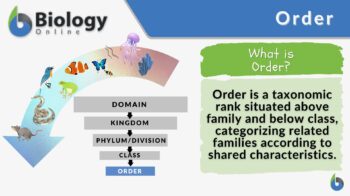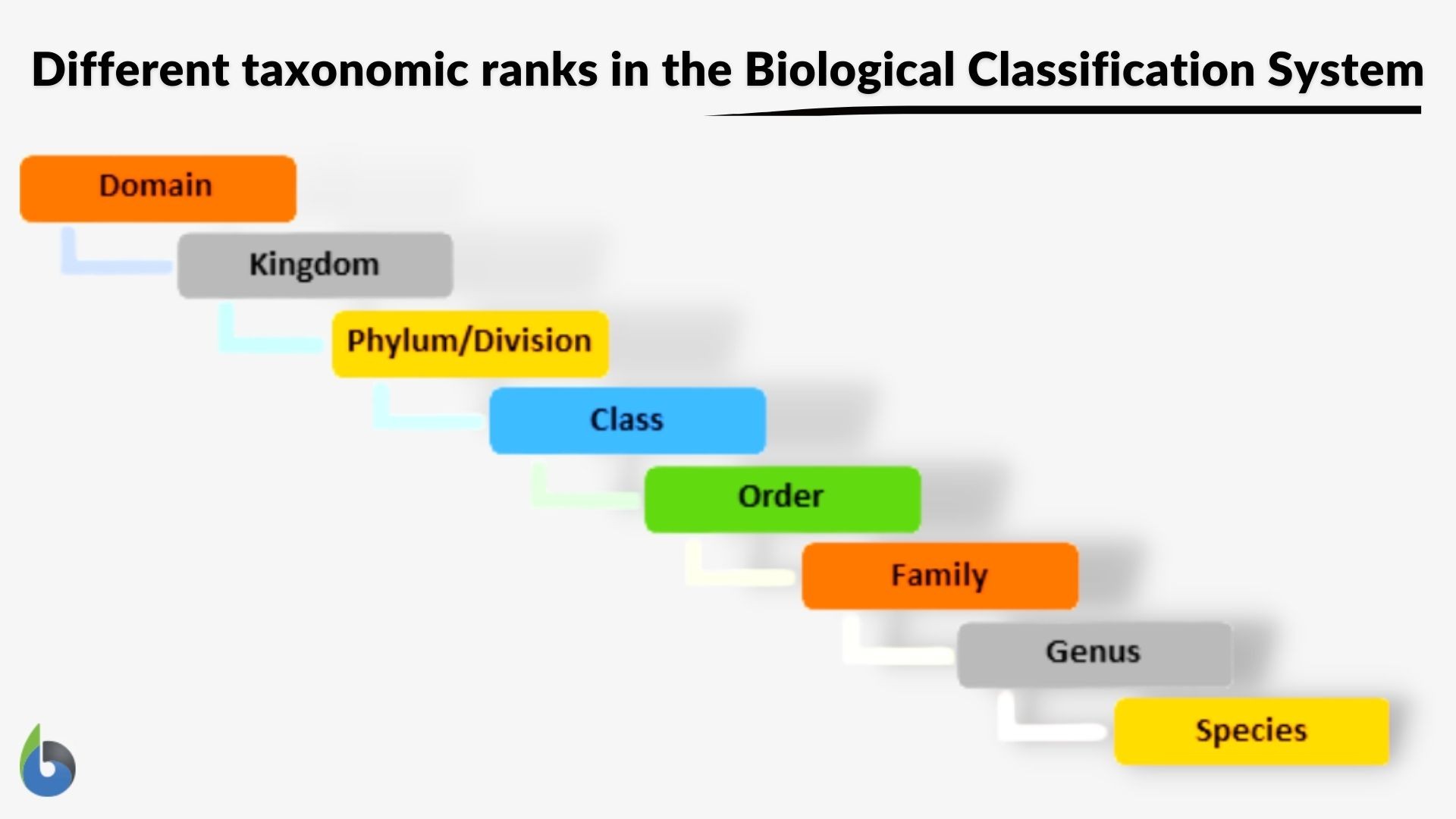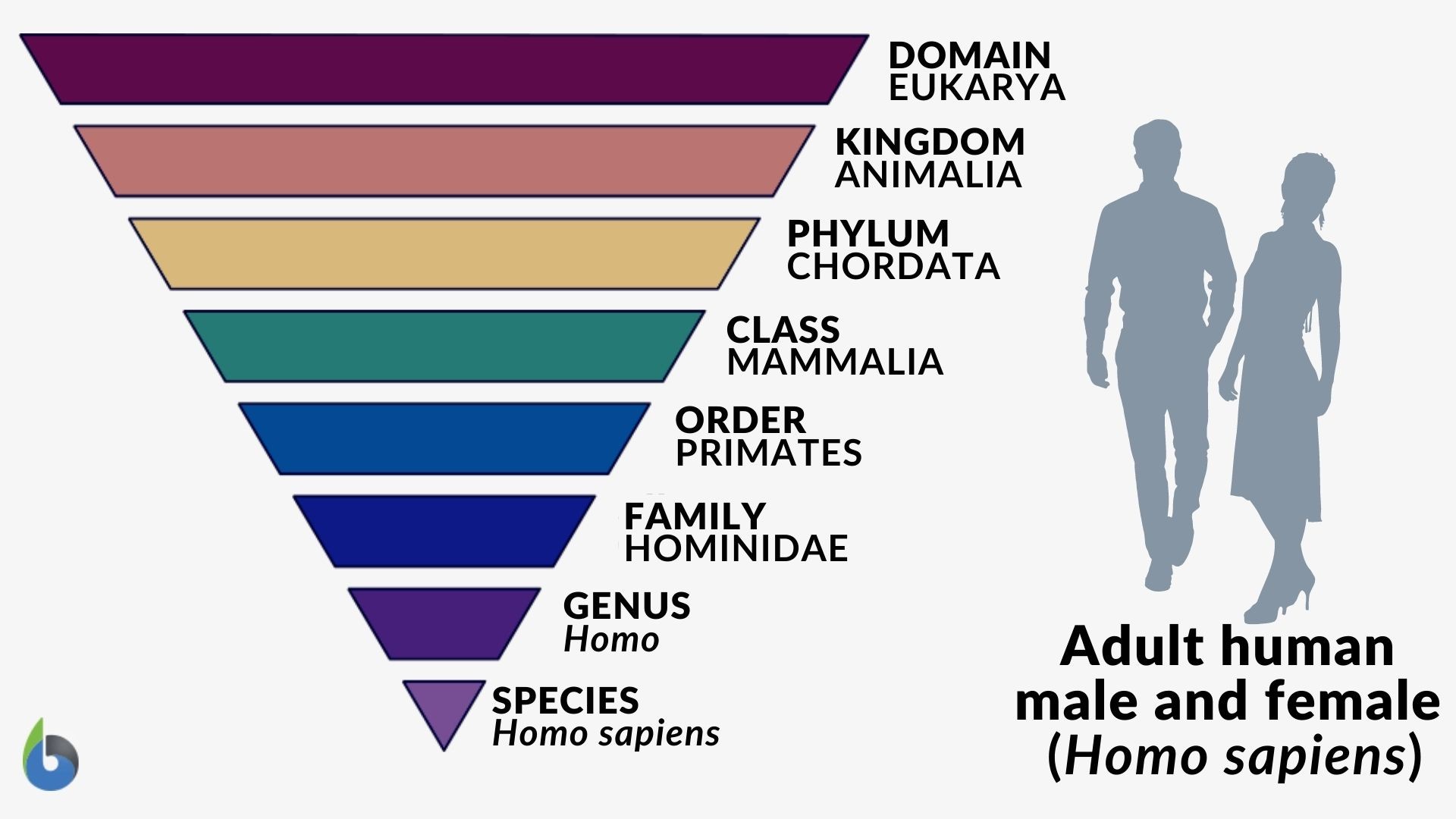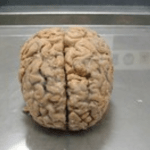
Order
n., plural: orders
Definition: Organisms grouped hierarchically for biological classification
Table of Contents
Order Definition
In general, order pertains to a succession or sequence, usually arranged in a series. An example would be the order kinetics: First-order kinetics, Second-order kinetics, or Third-order kinetics. But in biology, such as Taxonomy and Systematics, the term Order presents another viewpoint. In particular, order is defined as a taxonomic rank used in classifying organisms. It is comprised of families that share a set of similar features or characteristics. Let’s have a closer look:
Taxonomic Hierarchy
An order represents a place in a hierarchical system for classifying and organizing living organisms based on shared characteristics and evolutionary relationships. This hierarchical system of classification consists of progressive levels, which could start from the more generalized level down to the more specific rank. The highest levels are the Domains where organisms are grouped into Eukarya, Eubacteria, and Archaea. The succeeding taxonomic levels are as follows (from general to more specific): Kingdoms » Phyla (Divisions, in plants) » Classes » Orders » Families » Genera » Species. This hierarchical arrangement enables scientists to classify all living things and study the diversity of life on Earth.

:
Watch this video about the Classification of Organism (By the Amoeba Sisters):
Examples
Orders represent taxonomic groupings of related families within classes. For instance, Class Mammalia includes Order Chiroptera (bats), Order Primates (primates), Order Carnivora (meat-eating mammals), Order Cetacea (whales and porpoises), Order Insectivora (insect-eaters), etc.
More examples: species classification of domestic cats, modern humans, and maple trees.



Evolutionary Insights
Orders play a crucial role in elucidating evolutionary relationships and patterns among organisms. By examining the similarities and differences between orders, scientists can infer ancestral relationships, evolutionary divergence, and adaptive radiations within taxonomic groups. Molecular taxonomy, phylogenetics, and genomic analysis techniques provide valuable tools for understanding evolutionary histories, tracing the pathways of biological diversity, and conserving species in the context of Conservation biology.
Advances in molecular biology have led to revisions and refinements in the classification of organisms within orders, revealing evolutionary relationships through genetic analysis. Thus, the orders by which organisms belong today may change over time. The system is not absolute. Rather, taxonomists apply a rather dynamic approach that adapts to how advanced data unfold, such as how organisms are interrelated not just morphologically but also genetically.
Further Reading
References
- Darwin, C. (1859). On the Origin of Species.
- Linnaeus, C. (1758). Systema Naturae.
- Smith, J., & Jones, A. (2023). “The Role of Order in Modern Taxonomy.” Journal of Biological Classification, 45(3), 210-225.
©BiologyOnline.com. Content provided and moderated by Biology Online Editors.









